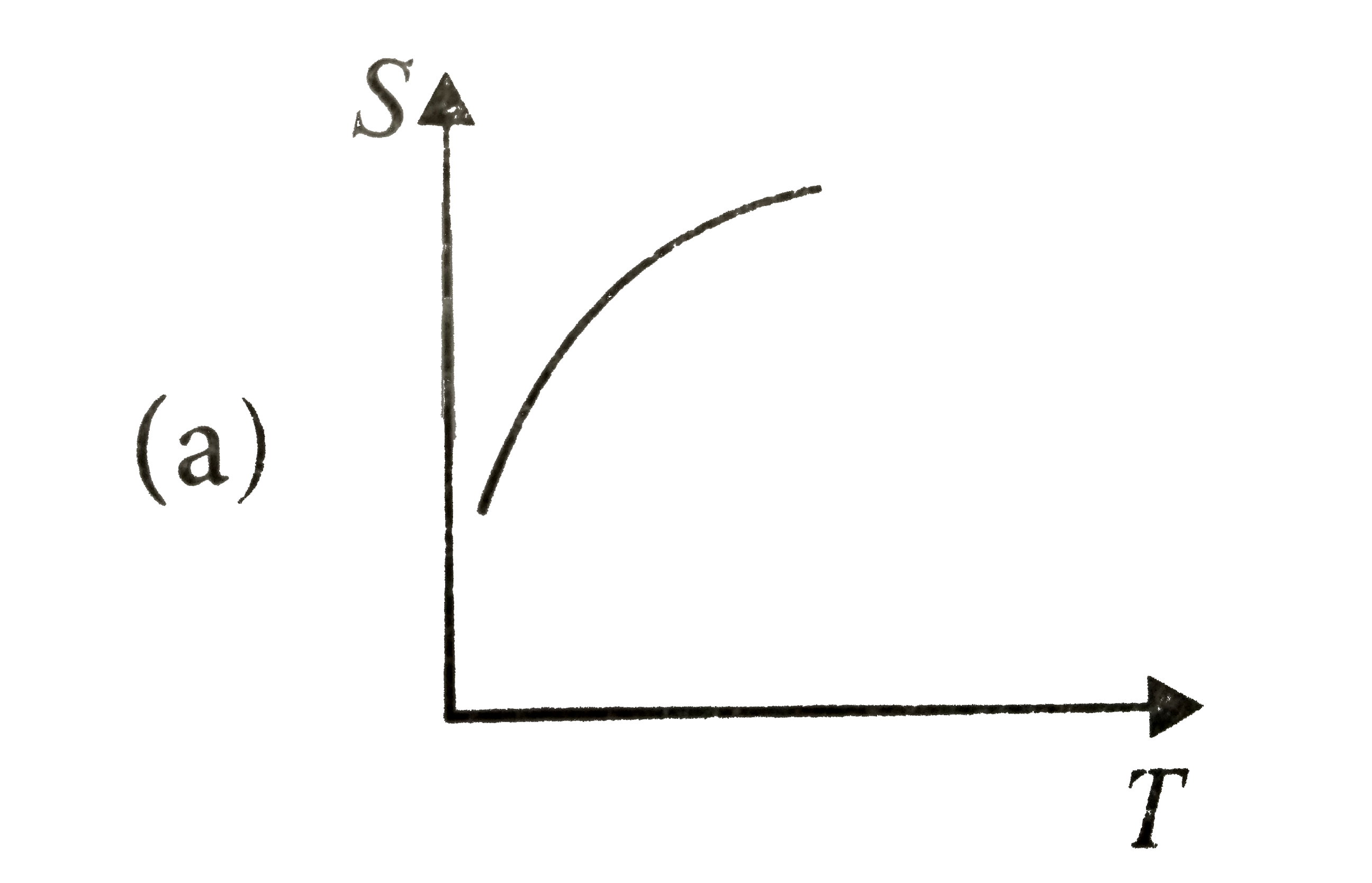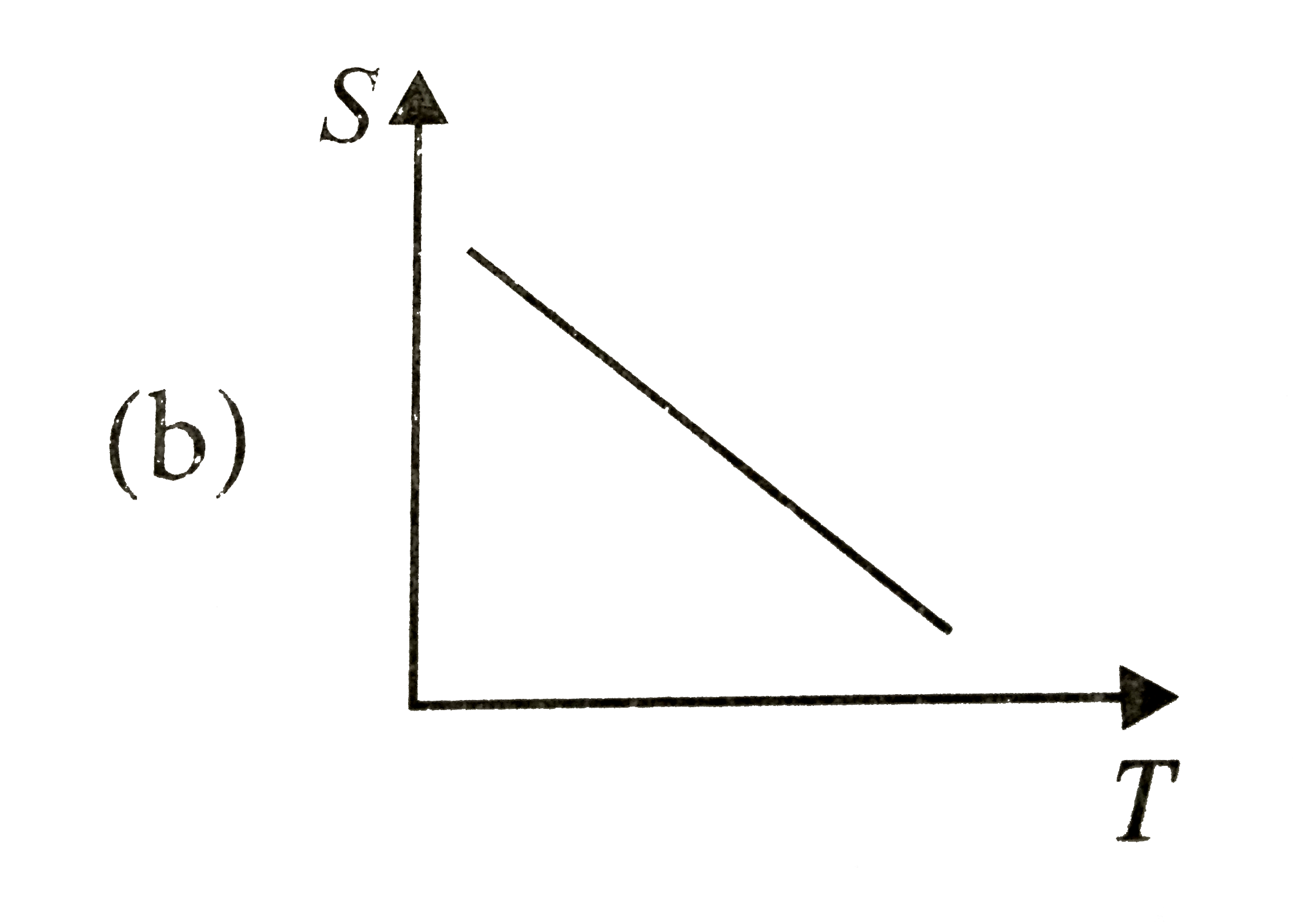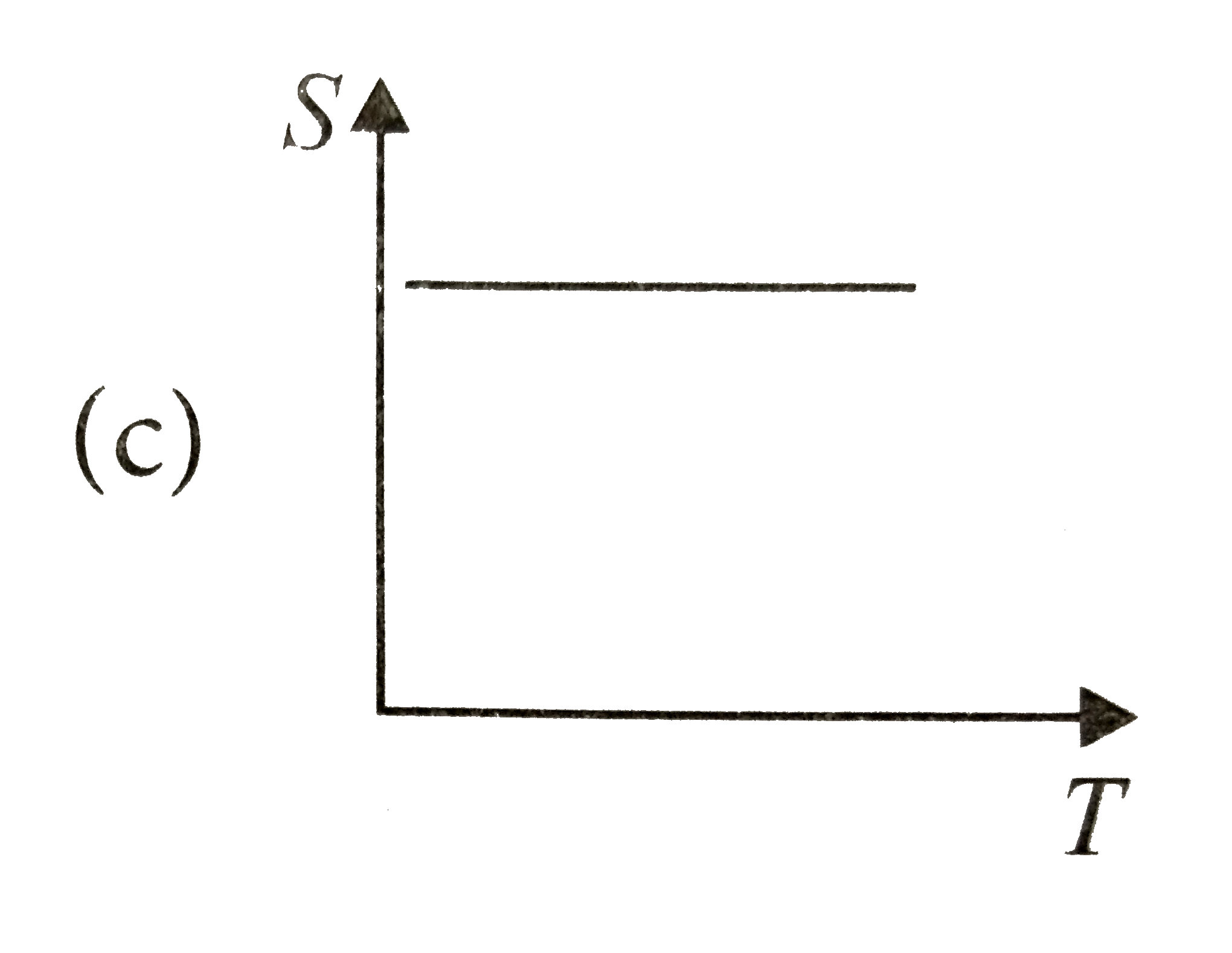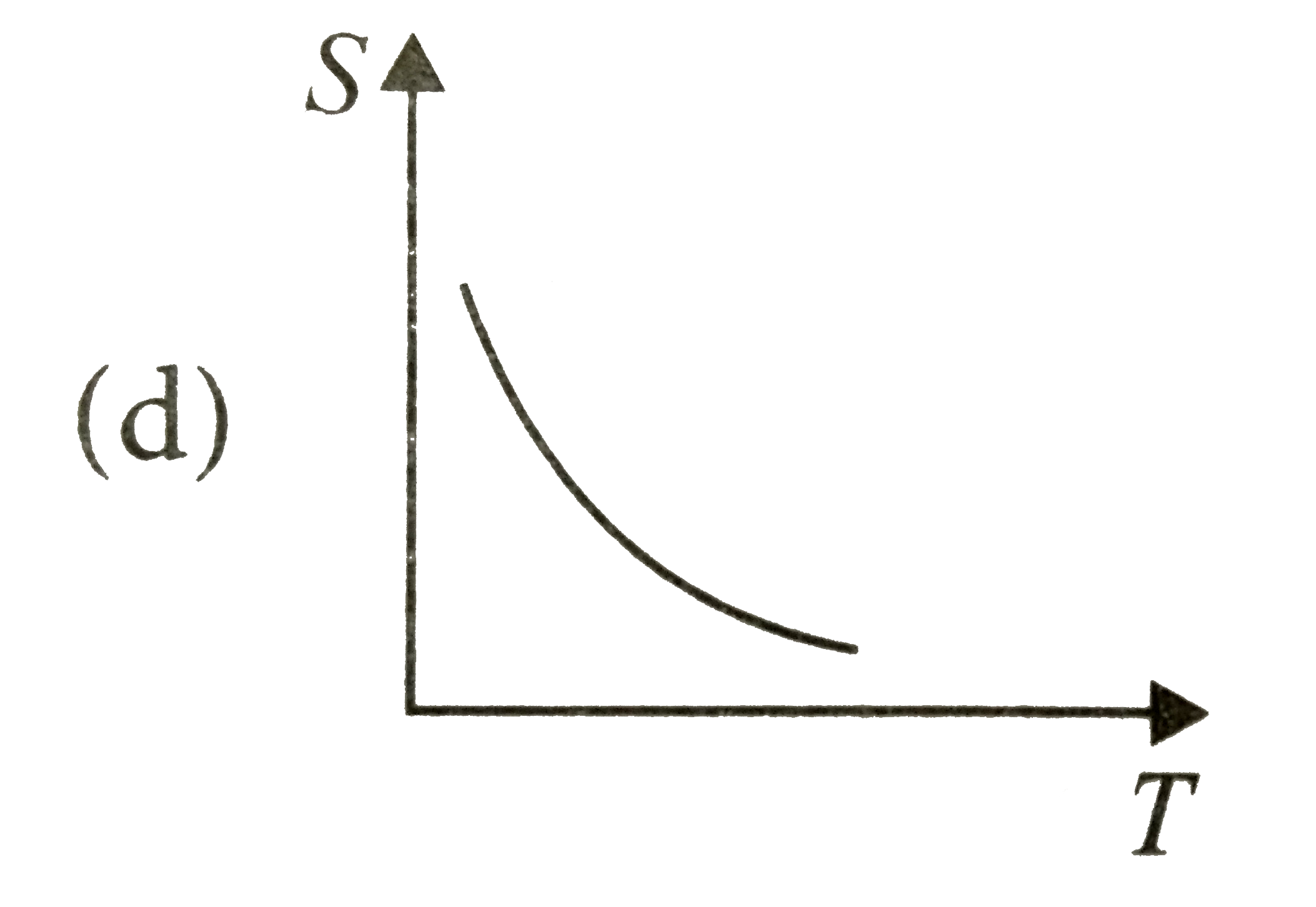Large scale diurnal variation in surface temperature occurs in
Sea
Lake
Tundra
Desert
The correct Answer is:D
Step-by-Step Solution:
1. Understanding Diurnal Variation:
- Diurnal variation refers to the fluctuations in temperature that occur during a 24-hour cycle, specifically between day and night. This means that there are significant differences in temperature from day to night.
2. Identifying the Context:
- The question asks about large-scale diurnal variation in surface temperature. This implies we are looking for environments where the temperature changes significantly between day and night.
3. Analyzing the Options:
- The options provided are sea, lake, tundra, and desert. We need to evaluate which of these environments is likely to experience the greatest diurnal temperature variation.
4. Evaluating Each Option:
- Sea: Generally, seas have a moderating effect on temperature due to the high specific heat of water, leading to less variation between day and night.
- Lake: Similar to seas, lakes also have a moderating effect on temperature, resulting in smaller diurnal variations.
- Tundra: While tundra regions can have temperature variations, they are not as extreme as those found in deserts.
- Desert: Deserts are characterized by low moisture and high temperatures during the day, which can drop significantly at night due to the lack of cloud cover and moisture to retain heat.
5. Conclusion:
- Based on the analysis, deserts experience the largest diurnal variation in surface temperature due to their unique climatic conditions. Therefore, the answer is that large-scale diurnal variation in surface temperature occurs in desert.
Final Answer: Large-scale diurnal variation in surface temperature occurs in desert.
---
- Diurnal variation refers to the fluctuations in temperature that occur during a 24-hour cycle, specifically between day and night. This means that there are significant differences in temperature from day to night.
- The question asks about large-scale diurnal variation in surface temperature. This implies we are looking for environments where the temperature changes significantly between day and night.
- The options provided are sea, lake, tundra, and desert. We need to evaluate which of these environments is likely to experience the greatest diurnal temperature variation.
- Sea: Generally, seas have a moderating effect on temperature due to the high specific heat of water, leading to less variation between day and night.
- Lake: Similar to seas, lakes also have a moderating effect on temperature, resulting in smaller diurnal variations.
- Tundra: While tundra regions can have temperature variations, they are not as extreme as those found in deserts.
- Desert: Deserts are characterized by low moisture and high temperatures during the day, which can drop significantly at night due to the lack of cloud cover and moisture to retain heat.
- Based on the analysis, deserts experience the largest diurnal variation in surface temperature due to their unique climatic conditions. Therefore, the answer is that large-scale diurnal variation in surface temperature occurs in desert.
Topper's Solved these Questions
- BOOK - DINESH PUBLICATION ENGLISHCHAPTER - ORGANISMS AND THE ENVIRONMENTEXERCISE - CYG17videos
ORGANISMS AND THE ENVIRONMENT
- BOOK - DINESH PUBLICATION ENGLISHCHAPTER - ORGANISMS AND THE ENVIRONMENTEXERCISE - CYG17videos
ORGANISMS AND THE ENVIRONMENT
- BOOK - DINESH PUBLICATION ENGLISHCHAPTER - NO IDEAEXERCISE - Brain Teasers37videos
NO IDEA
- BOOK - DINESH PUBLICATION ENGLISHCHAPTER - ORIGIN OF LIFE EXERCISE - All Questions201videos
ORIGIN OF LIFE
Similar Questions
A steel scale is to be prepared such that the millimeter intervals are to be accurate within 6×10−5mm. The maximum temperature variation form the temperature of calibration during the reading of the millimeter marks is (α=12×10−6/∘C)
View SolutionA steel scale is to be prepared such that the millimeter intervals are to be accurate within 6×10−5mm. The maximum temperature variation form the temperature of calibration during the reading of the millimeter marks is (α=12×10−6/∘C)
View Solution
Knowledge Check
- Question 1 - Select One
Which graph represents the variation of surface tension with temperature over small temperature ranges for water?
A B
B C
C D
D
- Question 2 - Select One
Seasonal variations on Earth occur due to its
Atilted axisBrotation around its own axisCrevolution around sunDboth (a) and (c) - Question 3 - Select One
Assertion : Temperature below 0∘C is possible on celsius scale but in Kelvin scale negative temperature is not possible
Reason : The Kelvin scale is related to celsius scale as K=.∘C−273.AIf both assertion and reason are true and reason is the correct explanation of assertionBIf both assertion and reason are true but reason is not correct explanation of assertion.CIf assertion is true but reason is false.DIf both assertion and reason are false.
What is the Kelvin scale of temperature ?
View SolutionLarge scale death of fishes occur in
View SolutionLarge scale global threat is in the from of
View SolutionExplain the variation of conductivity with temperature for
ionic conductors.View SolutionIce point and steam point on a particular scale reads 10∘and80∘ respectively . The temperature on .∘F Scale when temperature on new scale is 45∘ is
View Solution

